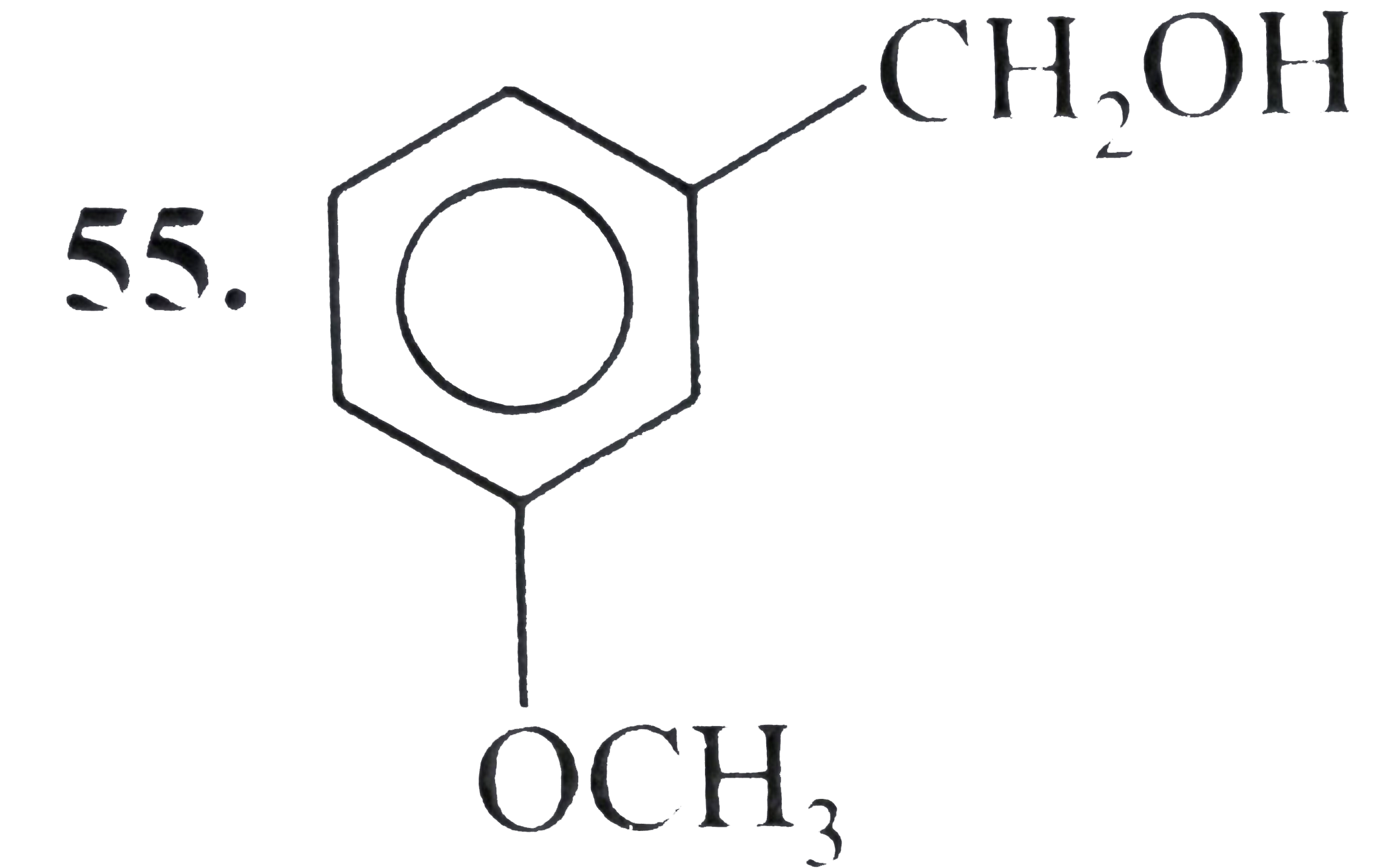For the reaction,
SOCI2+H2O→SO2+2HCI
the enthalpy of reaction is 40.0kJ and the entropy of reaction is 336JK−1. Calculate ΔG at 300K and predict the neture of the reaction.
ΔG=ΔH−TΔS
=40.0−(300×336×10−3)=−60.8kJ
Since the free enegry change is negative , the given reaction is spontaneous.
Topper's Solved these Questions
Similar Questions
The resting of iron occurs as:
4Fe(s)+3O2(g)→2Fe2O3(s)
The entalpy of formation of Fe2O3(s)is−824.0kJmol−1 and entropy change for the reaction is +550JK−1mol−1. Calculate DηsurrS and predict whether resuting of iron is spontaneous or not at 298K.
Given ΔsysH=−553.0JK−1mol−1
View SolutionThe oxidation of iron occurs as:
4Fe(s)+3O2(g)→2Fe2O3(s)
The enthalpy of formation of Fe2O3is−824.2kJmol−1 and entropy change for the reaction is −549JK−1mol−1 at 298 K. Inspite of negative entropy change of this reaction, why is the reaction spontaneous at 298 K?
View Solution
Knowledge Check
ΔG for a reaction at 300K is −16kcal and ΔH is −10kcal. The entropy of the reaction is
A20caldeg−1B86.6caldeg−1C166caldeg−1D100caldeg−1In a chemical reaction ΔH is 150 kJ and ΔS is 100JK−1 at 300 K then ΔG is :-
A200 kJB333 kJC300 kJD120 kJIn a chemical reaction ΔH is 150 kJ and ΔS is 100JK−1 at 300 K then ΔG is :-
A200 k JB333 k JC300 k JD120 k J
Zinc reacts with dilute hydrochloric acid to give hydrogen at 17∘C. The enthalpy of the reaction is −12.00kJmol−1 of zinc and entropy change equals 50JK−1mol−1 for the reaction. Calculate the free enegry change and predict whether the reaction is spontaneous or not.
View SolutionFor the reaction A ⇔ B, ΔE for the reaction is –33.0 kJ mol–1. Calculate equilibrium constant KC for the reaction at 300 K
View SolutionThe emf of the cell reaction
Zn(s)+Cu2+(aq)→Zn2+(aQ)+Cu(s)
is 1.1V. Calculate the free enegry change for the reaction. If the enthalpy of the reaction is −216.7kJmol−1, calculate the entropy change for the reaction.
View SolutionEnthalpy and entropy changes of reaction are 40.63kJmol−1 and 108.8JK−1mol−1, respectively. Predict the feasibility of the reaction at 27∘C.
View Solution SOCl2−−−−→PyridineA+SO2+HCl
SOCl2−−−−→PyridineA+SO2+HCl
The product A in the above reaction is
View Solution

